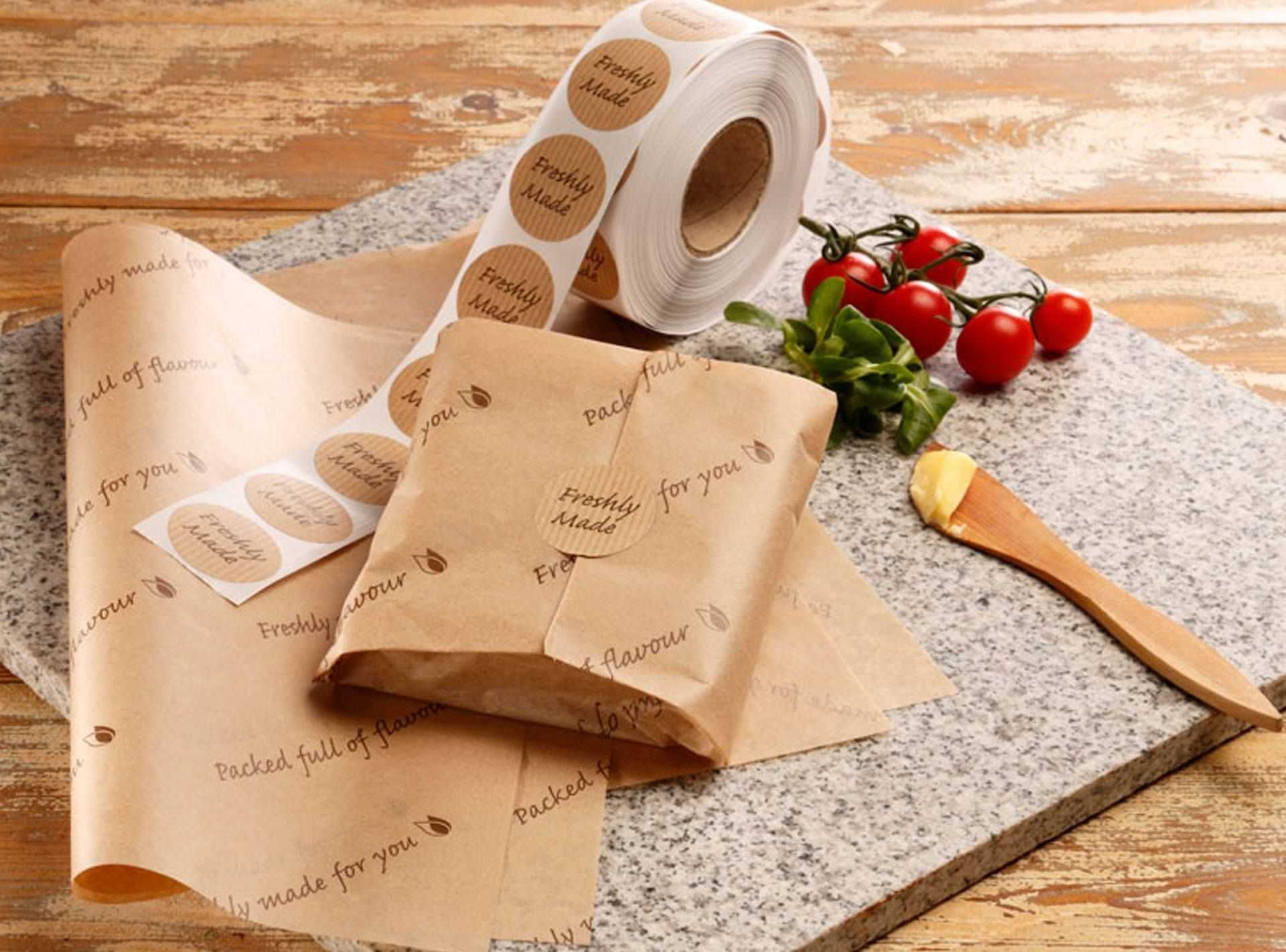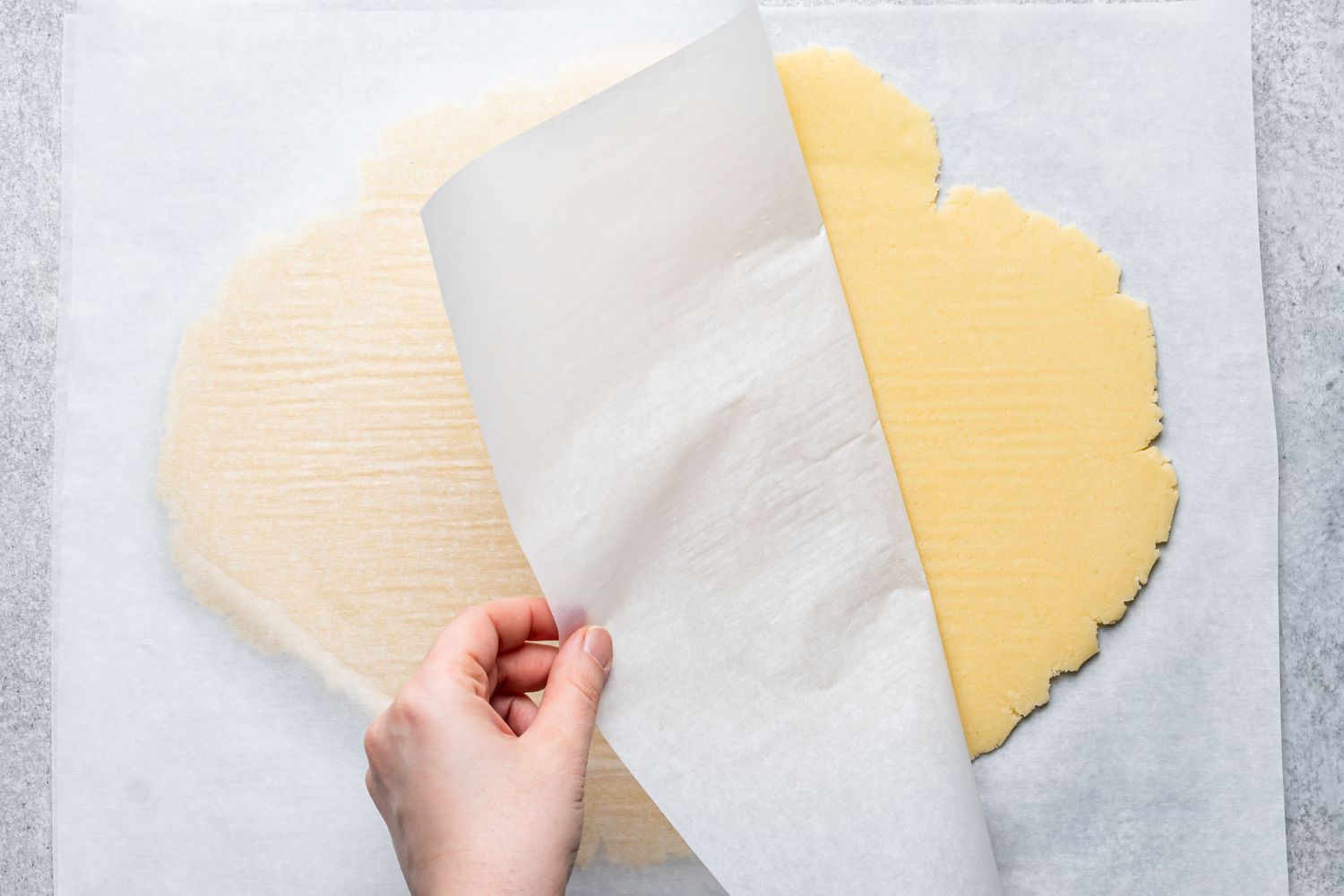Deli paper might not be the first thing that comes to mind when you think about essential kitchen tools, but it’s more versatile than you might realize. This unassuming material has found its way into homes and restaurants alike, making cooking and food presentation a breeze. Whether you’re packing up delicious sandwiches for a picnic or creating an eye-catching display for your culinary creations, deli paper is here to elevate your culinary game.
But what exactly is deli paper? How can it enhance your cooking experience? From its practical uses in the kitchen to fun DIY projects, this guide will dive into everything you need to know about deli paper. Let’s unwrap the endless possibilities together!
Uses of Deli Paper in the Kitchen
Deli paper is a versatile tool in any kitchen, perfect for various tasks. One of its primary uses is wrapping sandwiches and burgers. The lightweight material keeps the food fresh while allowing customers to enjoy their meals on the go.
Deli Paper also handy for separating layers of baked goods like cookies or pastries. Placing sheets between items prevents sticking and makes storage simpler.
For those who love meal prep, deli paper works wonders for portioning ingredients. You can easily stack prepped veggies or meats without creating a mess.
Additionally, it serves as an excellent surface to roll out dough. The non-stick properties ensure that your creations come off easily when you’re ready to bake.
Using deli paper can also minimize cleanup time by lining trays during cooking or baking sessions, catching drips and crumbs effortlessly.

Benefits of Using Deli Paper in Cooking and Food Preparation
Deli paper is a versatile tool that can elevate your kitchen experience. One of its standout benefits is its ability to keep foods fresh while preventing moisture and grease from seeping through. This makes it ideal for wrapping sandwiches or storing leftovers.
Another advantage is the ease of cleanup it provides. Placing deli paper on prep surfaces keeps them clean, allowing you to quickly dispose of any mess without scrubbing.
Moreover, using deli paper can help with portion control. It’s perfect for separating single servings of snacks or ingredients, making meal prepping much simpler.
The lightweight nature of deli paper also means it’s easy to handle. Whether you’re crafting gourmet presentations or simply organizing your workspace, this simple sheet can simplify tasks significantly.
Because it’s often biodegradable, choosing deli paper aligns with eco-friendly practices in the kitchen!
Best Practices for Using Deli Paper
When using deli paper, always start with a clean workspace. This simple step helps maintain food safety and prevents contamination.
Cut the deli paper to size before you begin assembling your ingredients. This makes handling easier and keeps your prep area organized.
Avoid direct contact between hot foods and waxed or coated deli paper, as heat can compromise its integrity. Instead, let hot items cool slightly on a cooling rack.
Keep it dry! Moisture can weaken the paper’s structure; ensure surfaces are moisture-free when wrapping sandwiches or storing leftovers.
If you’re stacking multiple layers of food wrapped in deli paper, use parchment between them to prevent sticking and tearing.
Practice reusability where possible—deli paper can often be used twice if it’s not overly soiled after its first use.
Creative DIY Projects with Deli Paper
Deli paper is a versatile material that can be transformed into stunning DIY projects. One fun idea is creating custom gift wrap. Simply use deli paper to wrap small gifts, adding a personal touch with stamps or markers.
Another creative project involves making decorative bookmarks. Cut the deli paper into strips and layer them with washi tape for added flair. They’re lightweight and perfect for any book lover.
You can also design unique wall art. Layer different colors of deli paper on canvas, allowing some areas to show through for an ethereal effect.
If you’re feeling crafty, try making party decorations like lanterns or banners using deli paper cutouts in playful shapes. The possibilities are endless!
These projects not only utilize this handy kitchen staple but also inspire creativity and personalization in everyday items around your home.
How to Properly Store and Care for Your Wax Paper
To maintain the quality of your wax paper, proper storage is key. Keep it in a cool, dry place away from direct sunlight. Heat and moisture can compromise its integrity.
Consider placing the rolls or sheets in an airtight container. Wax paper will help prevent any potential damage from humidity or pests.
Avoid stacking heavy items on top of your wax paper. Pressure can cause creasing or tearing, making it less usable when you need it most.
When you use wax paper, be mindful not to let greasy foods sit directly on it for extended periods. This could lead to seepage that might ruin future uses.
Always check for signs of wear before using stored wax paper. If it feels brittle or discolored, it’s best to discard those sheets and grab a fresh supply for optimal results.

Conclusion
Deli paper serves as an essential tool in both professional kitchens and home cooking spaces. Its versatility extends beyond just wrapping food. From organizing ingredients to enhancing presentation, deli paper plays a significant role in streamlining your culinary endeavors.
Incorporating deli paper into your kitchen routine opens up new possibilities for efficiency and creativity while preparing meals or crafting unique food presentations.

